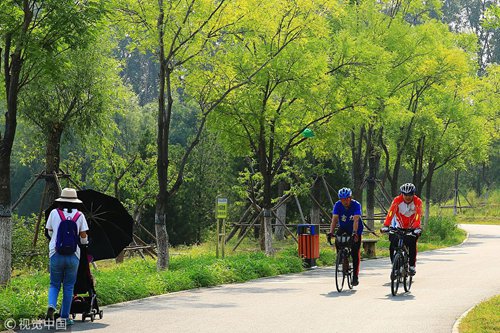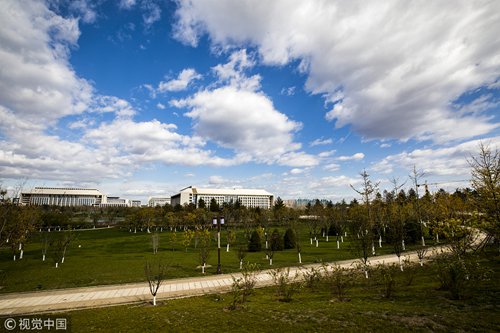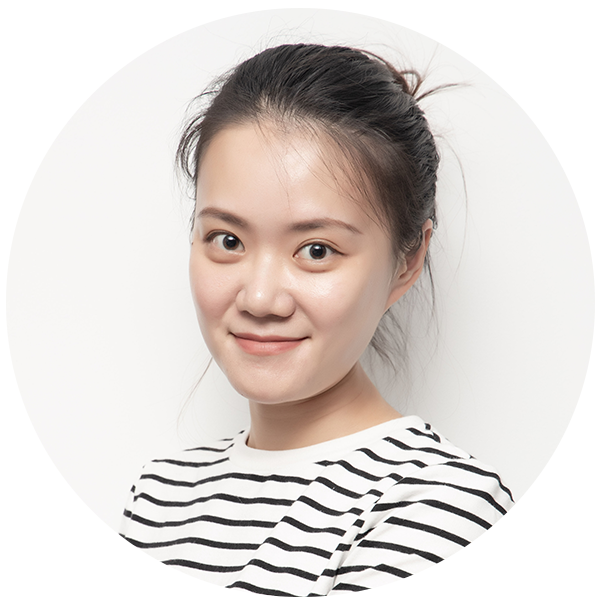
A public park at Beijing's sub-center. Photo: VCG

Office of Beijing Municipal Committee of the Communist Party of China at the sub-center in Tongzhou district. Photo:VCG

Office of Beijing Municipal Committee of the Chinese People's Political Consultative Conference at the sub-center in Tongzhou district. Photo: VCG
Beijing's green, comfortable sub-center, which aims to house 1.3 million permanent residents by 2035, will not only relieve the pressure on the megacity, but also be a model for megalopolises in other countries, including India.
The sub-center, which sits in the east of the capital, will cover 155 square kilometers and will be extended to cover the entire Tongzhou district, which spreads over about 906 square kilometers, according to the plan for the facility's development from 2016 to 2035, which was approved by the Communist Party of China (CPC) Central Committee and the State Council on Thursday.
In order to make living comfortable, the population density will be 9,000 per square kilometer, reads the document.
In 2017, the population density of Beijing's Dongcheng and Xicheng districts reached 20,330 and 24,144 per square kilometer respectively, according to a blue book on Beijing's population released by the Beijing Population Research Institute at Party School of the CPC Beijing Municipal Committee and Social Sciences Academic Press in December 2018.
Beijing will have more sub-centers in the future, Niu Fengrui, a research fellow at the Chinese Academy of Social Sciences' Institute for Urban and Environmental Studies, told the Global Times.
About 400,000 to 500,000 people will move to the sub-center by 2030, read a plan approved by the Tongzhou district government in 2017.
Residents will find useful services within a five-minute walk and various urban entertainment facilities within a 30-minute walk, said the latest document.
The sub-center will be a district without "urban diseases," because it will adopt strict rules to protect the center's environment, including an eco-friendly public transport system; strive to improve the air quality, reduce water and soil pollution; and develop strict management of water resources and intelligent urban management systems.
This could provide solutions to megacities worldwide, especially for India, whose large cities have problems like ours, added Niu.
Beijing's new sub-center will not develop real estate projects on a large scale, and speculative buying of real estate will be prohibited, the document said, adding that the market will play a decisive role in resource allocation.
It will help relieve urban pressures on Beijing by hosting administrative offices, shouldering business responsibilities, services and cultural tourism, said the document, noting that some government offices, universities and hospitals will be moved to the sub-center as well.
The plan also outlined the sub-center's function of coordinating development with surrounding areas in neighboring Hebei Province.
The center will also push forward Beijing-Tianjin-Hebei integrated development plan, as it unites the three areas; and after it is fully developed, the three areas will benefit a lot, according to Niu.
Beijing municipal government agencies have been moving their offices to Tongzhou since the end of 2018.

